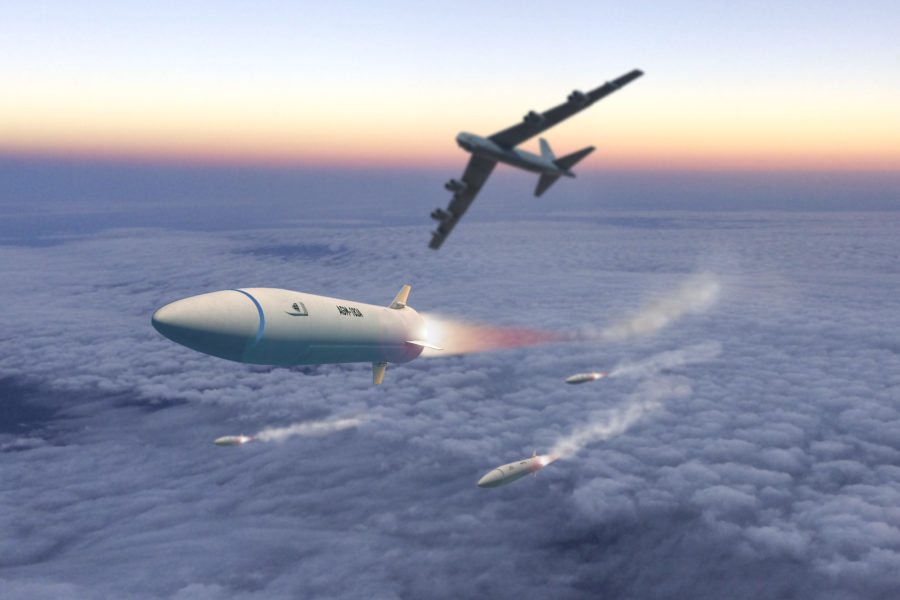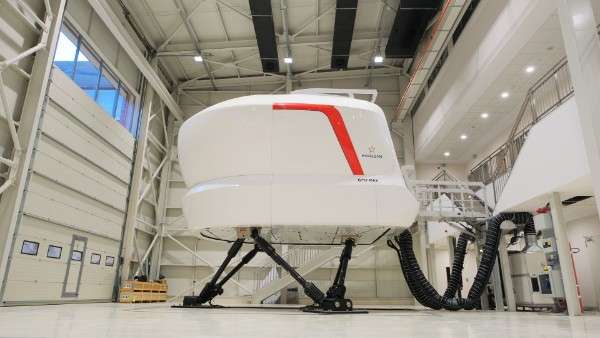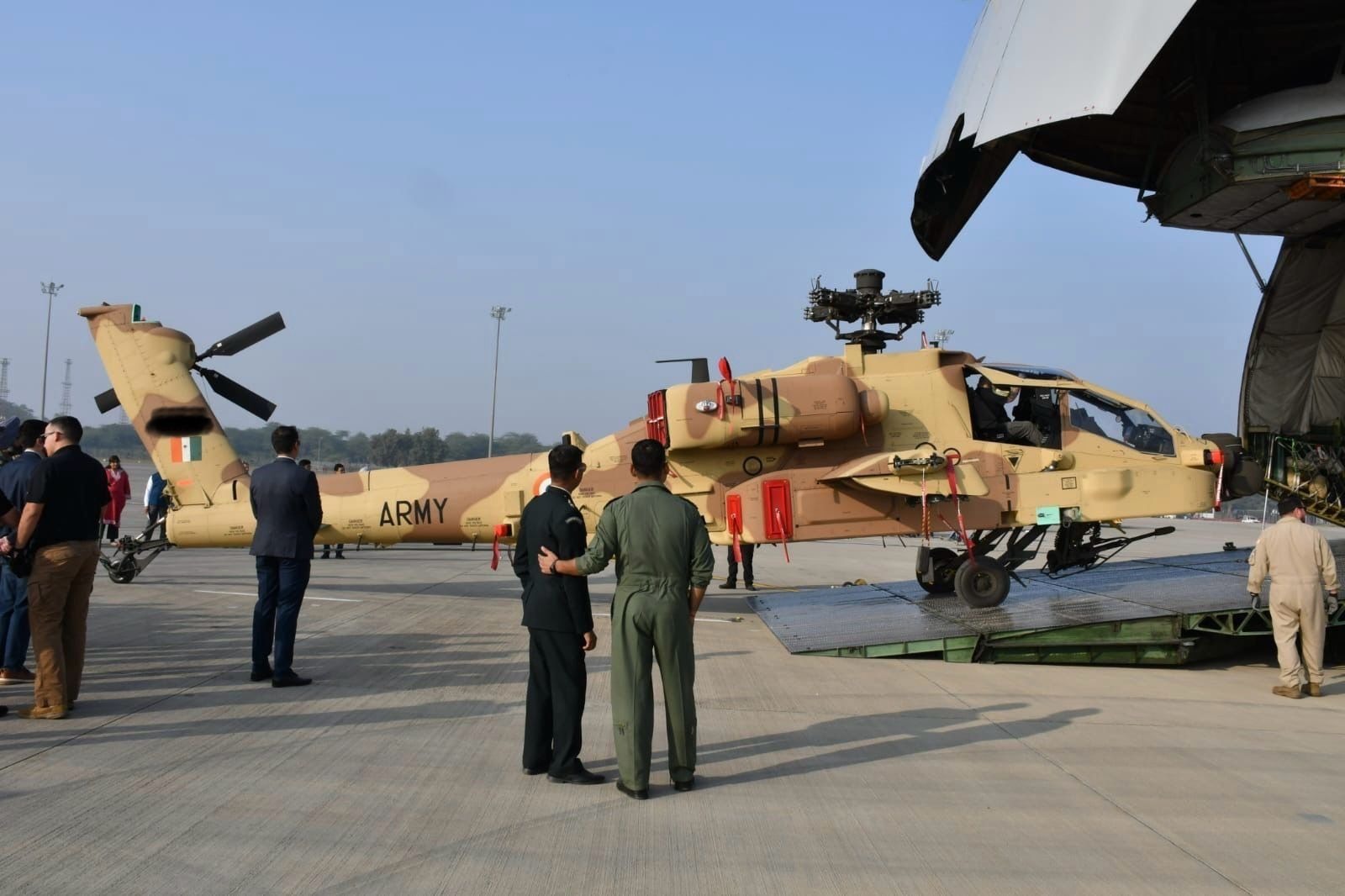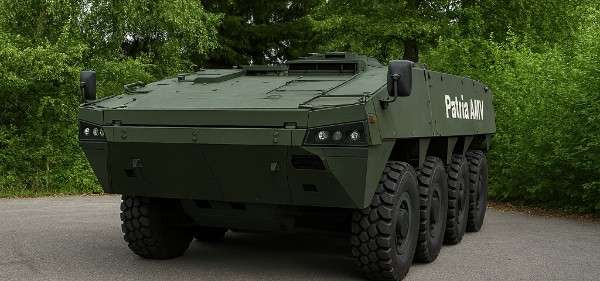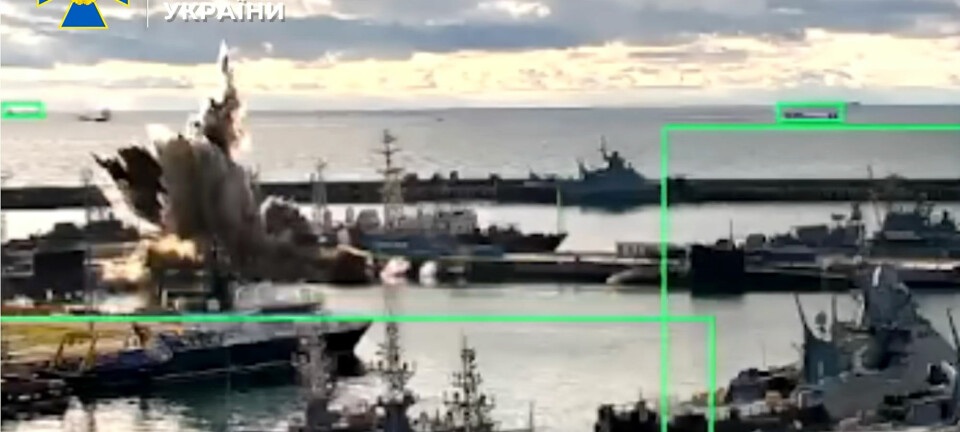This month, the US Missile Defense Agency (MDA) and Stratolaunch inked a feasibility study contract to construct the Talon-A hypersonic test vehicle.
The MDA will receive “a threat-representative and threat-replicating target that helps them to learn how to engage and intercept hypersonic threats,” according to Daniel Millman, Stratolaunch’s chief technical officer.
Hypersonic missiles, which travel at five times the speed of sound and undertake evasive maneuvers during their terminal phase, are meant to evade current missile defense systems.
Stratolaunch is currently working on the Talon-A hypersonic testbed, with the goal of making hypersonic testing more common. It’s a Mach-6 vehicle that’s heavily instrumented and designed to capture flight data during testing. The business is currently working on two such vehicles, the TA-0, and TA-1.
Read More: Shahpar-II: Pakistan’s new armed drone
They will be launched from the company’s Roc carrier aircraft, will be capable of long-duration hypersonic flight, and will be able to land and take off autonomously from normal runways.
By the end of the year, Stratolaunch hopes to have its Talon-A test vehicles powered up, undertake hypersonic test flights in 2022, and begin hypersonic testing services for government and commercial clients in 2023.
Microsoft co-founder Paul Allen and aeronautical designer Burt Rutan founded Stratolaunch in 2011. The firm is a privately-funded startup that aims to build an air-launched space transportation system that will lower costs and dangers associated with delivering goods and human personnel to low Earth orbit.

The MDA and Stratolaunch deal is the most recent step in the United States’ hypersonic weapons and countermeasures development. Following a series of unsuccessful hypersonic weapons tests, the US successfully tested a hypersonic booster motor on October 28.
Read More: Pakistan conducts successful test launch of Babur 1B cruise missile
The failures also caused the US Space Force General David Thompson to admit that the US has slipped behind China and Russia in producing hypersonic weapons.
The US Army will not deploy its first hypersonic weapon until 2024, while the US Navy plans to equip a destroyer with them in 2025 and Virginia-class submarines with them in 2028.
China, on the other hand, has been testing hypersonic weapons since 2014 and has been fielding the DF-17 hypersonic missile, which can carry nuclear or conventional anti-ship missiles, since 2019.
Furthermore, on July 27, China conducted a test of a hypersonic weapon that circled the globe and delivered hypersonic warheads at test sites in mainland China and the South China Sea.
Russia is also participating in the hypersonic race. Russia’s 3M22 Tsirkon hypersonic weapon was showcased among five other “superweapons” by Russian President Vladimir Putin in 2018. Following that, Russia performed a successful test-fire of the 3M22 Tsirkon from a submarine on October 4 and another test firing from a surface warship on November 18.
Since the start of the Cold War, the Pentagon has poured its support behind the development of maneuverable hypersonic weapons, only to back out when technological challenges like propulsion, control, and heat resistance proved too difficult to overcome.
Read More: China’s J-10c fighter jet for Pakistan Air Force
Now, the Department of Defense is spearheading a new drive, investing more than $1 billion per year on hypersonic research. A crucial driver is a competition from ambitious initiatives in China and Russia. Although the picture is muddled by hype and secrecy, all three countries appear to have made significant progress in addressing crucial challenges, such as insulating hypersonic planes from brutal frictional heating.
Russia recently announced the Kinzhal, a weapon that can achieve Mach 10 on its own and another that can reach Mach 27 with the help of a rocket. In a recent military parade, China displayed its own rocket-boosted hypersonic glide vehicle (HGV), the Dongfeng-17. Meanwhile, the US is putting multiple hypersonic weapons to the test.
The fast deployment of hypersonic weapons by the US, China, and Russia in light of these breakthroughs has raised worries of a hypersonic arms race between the three major military powers.


